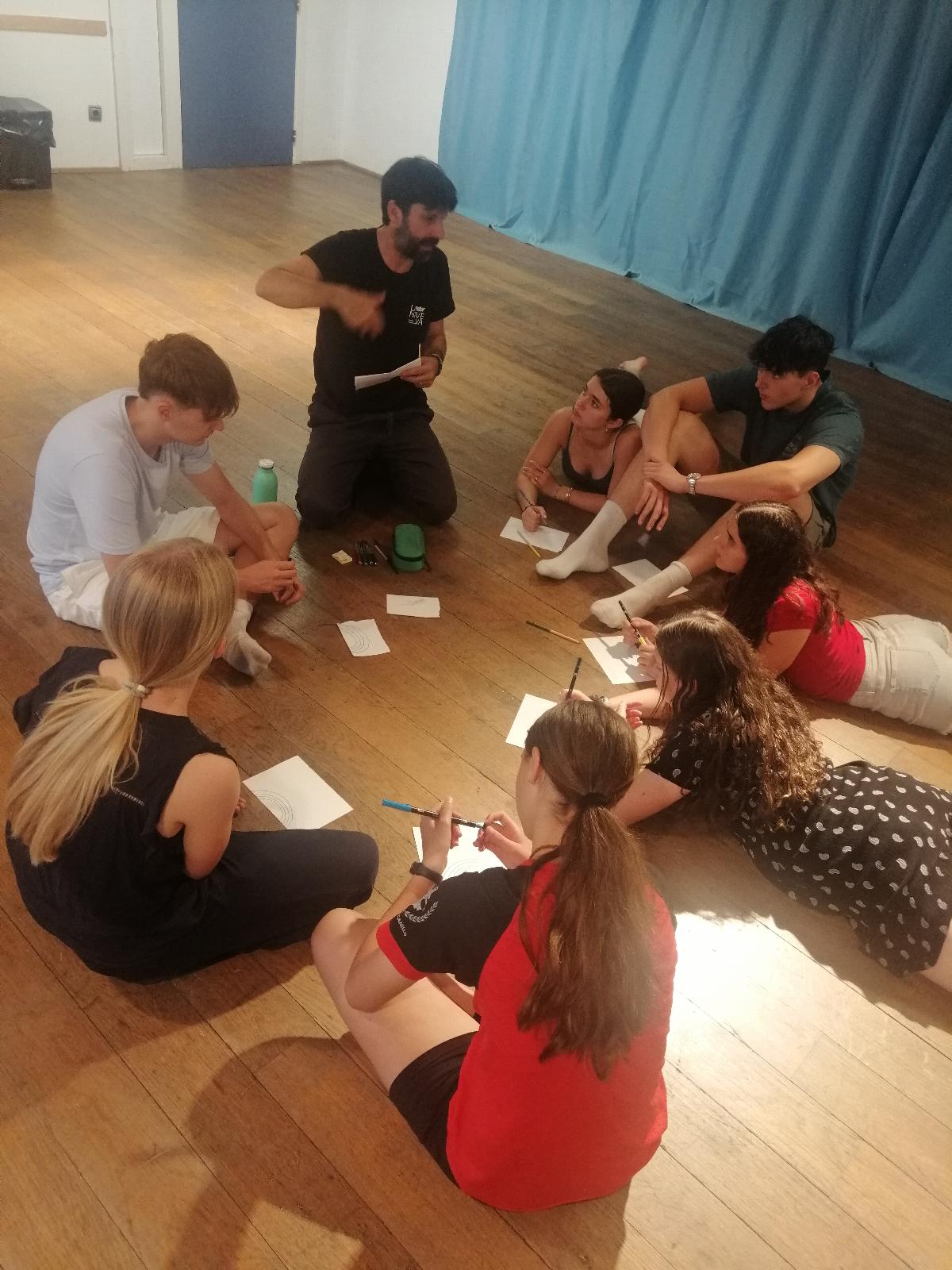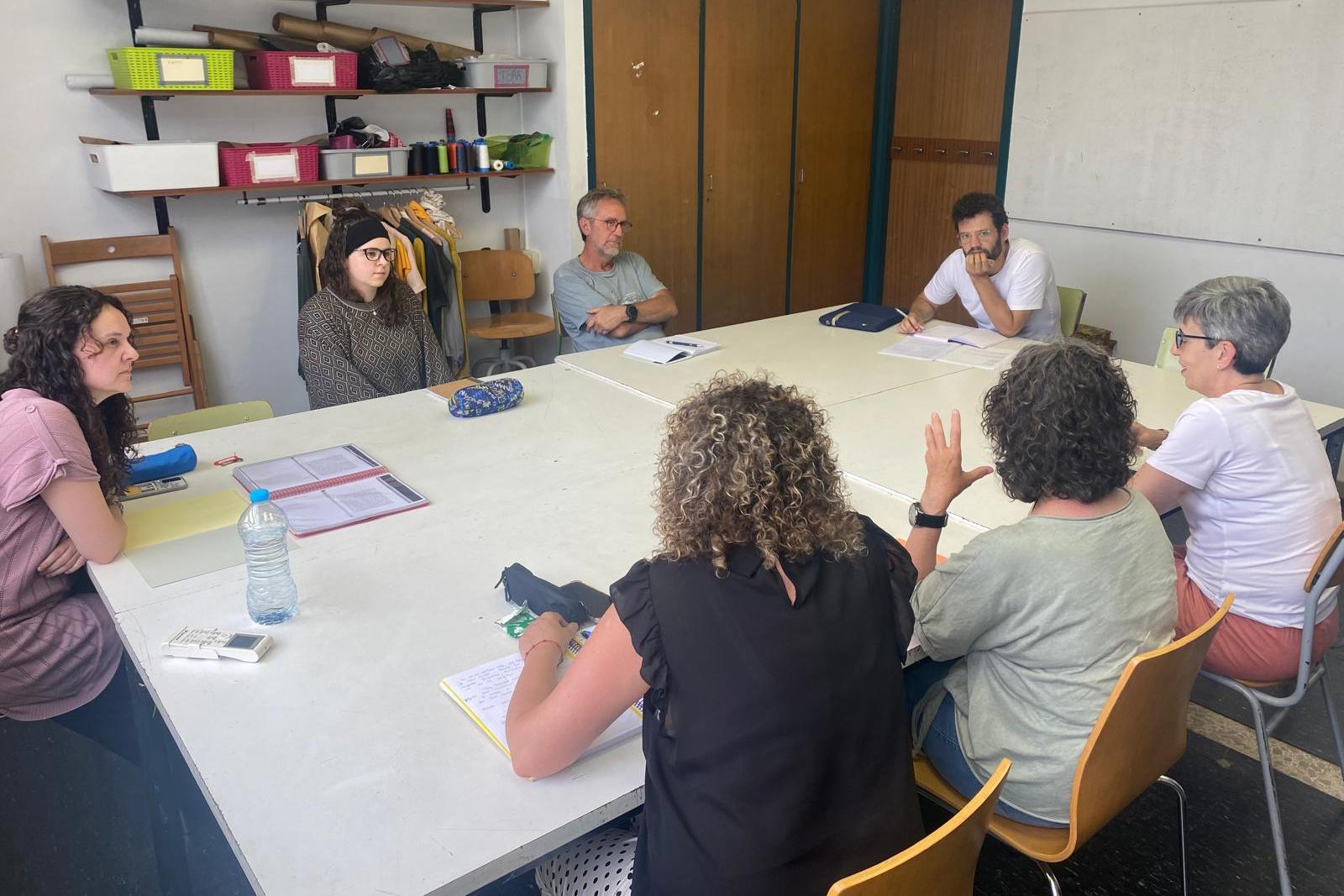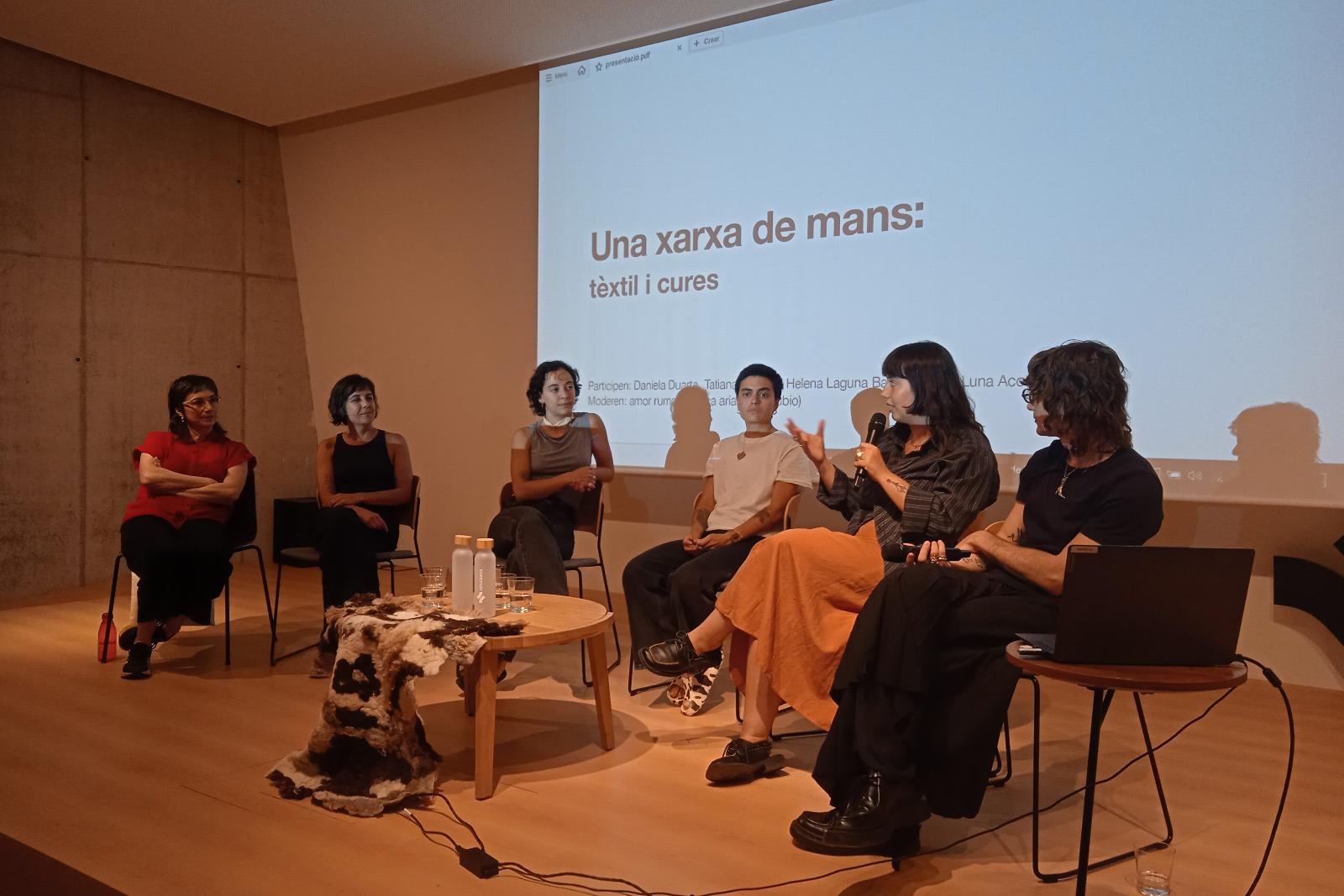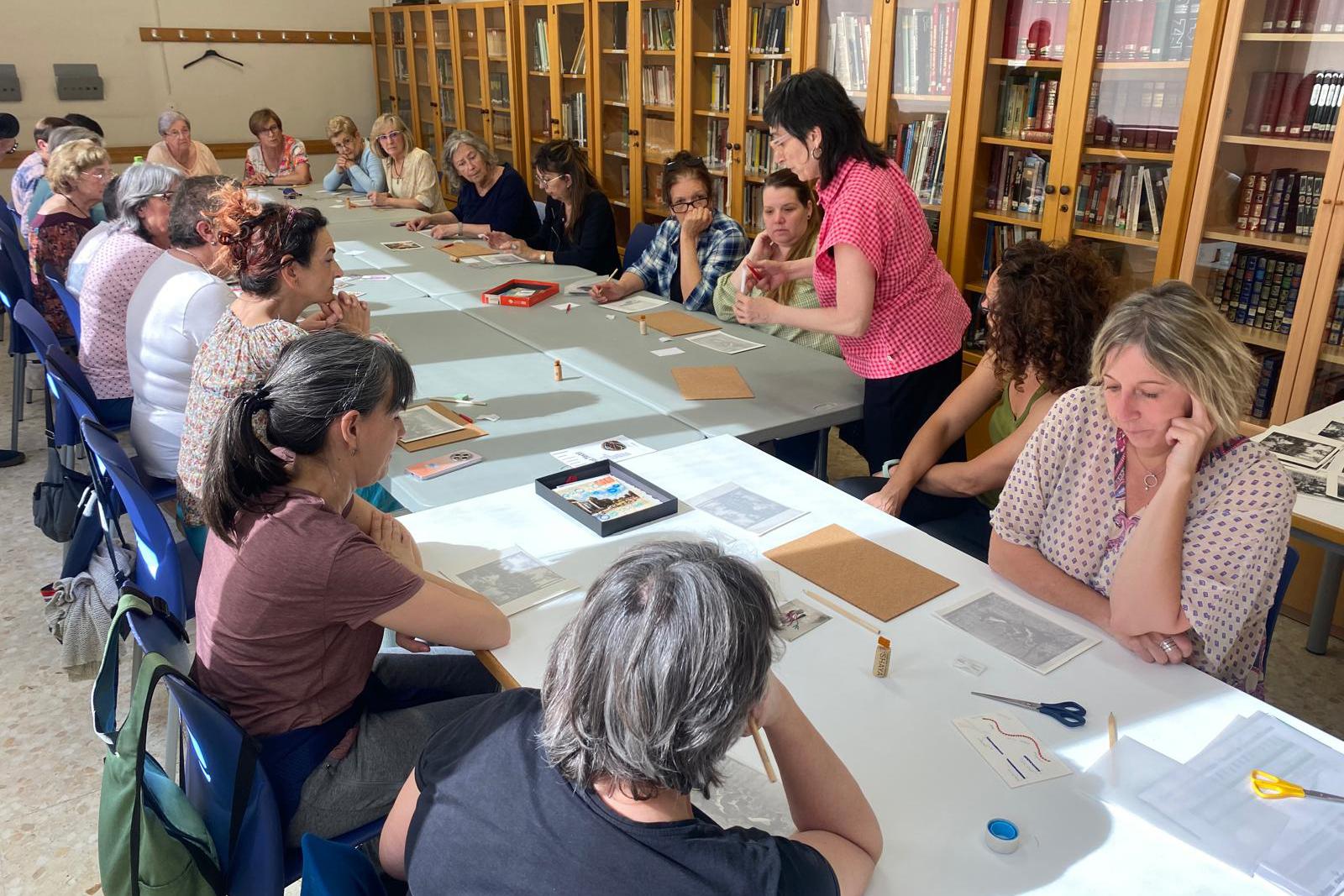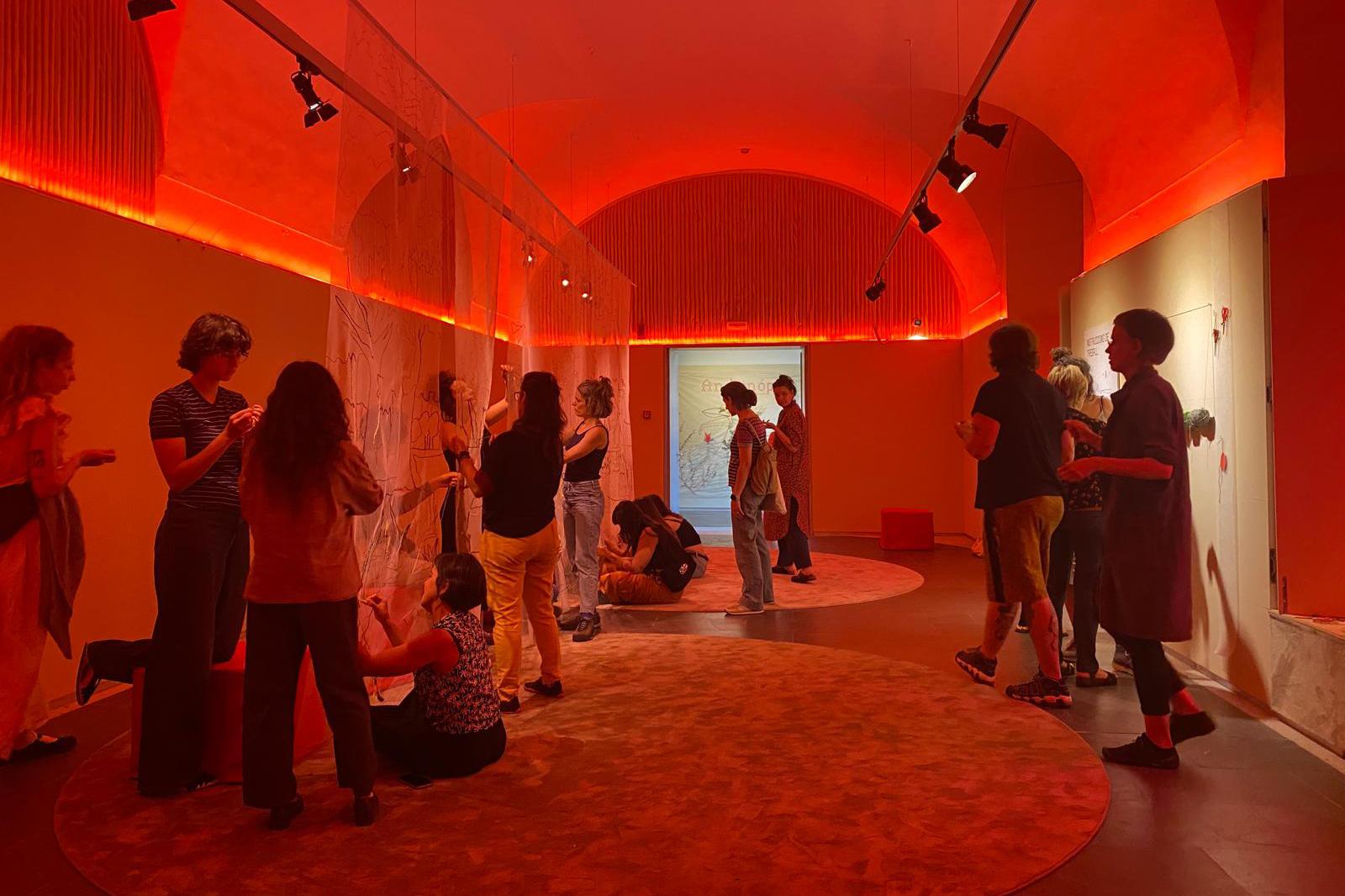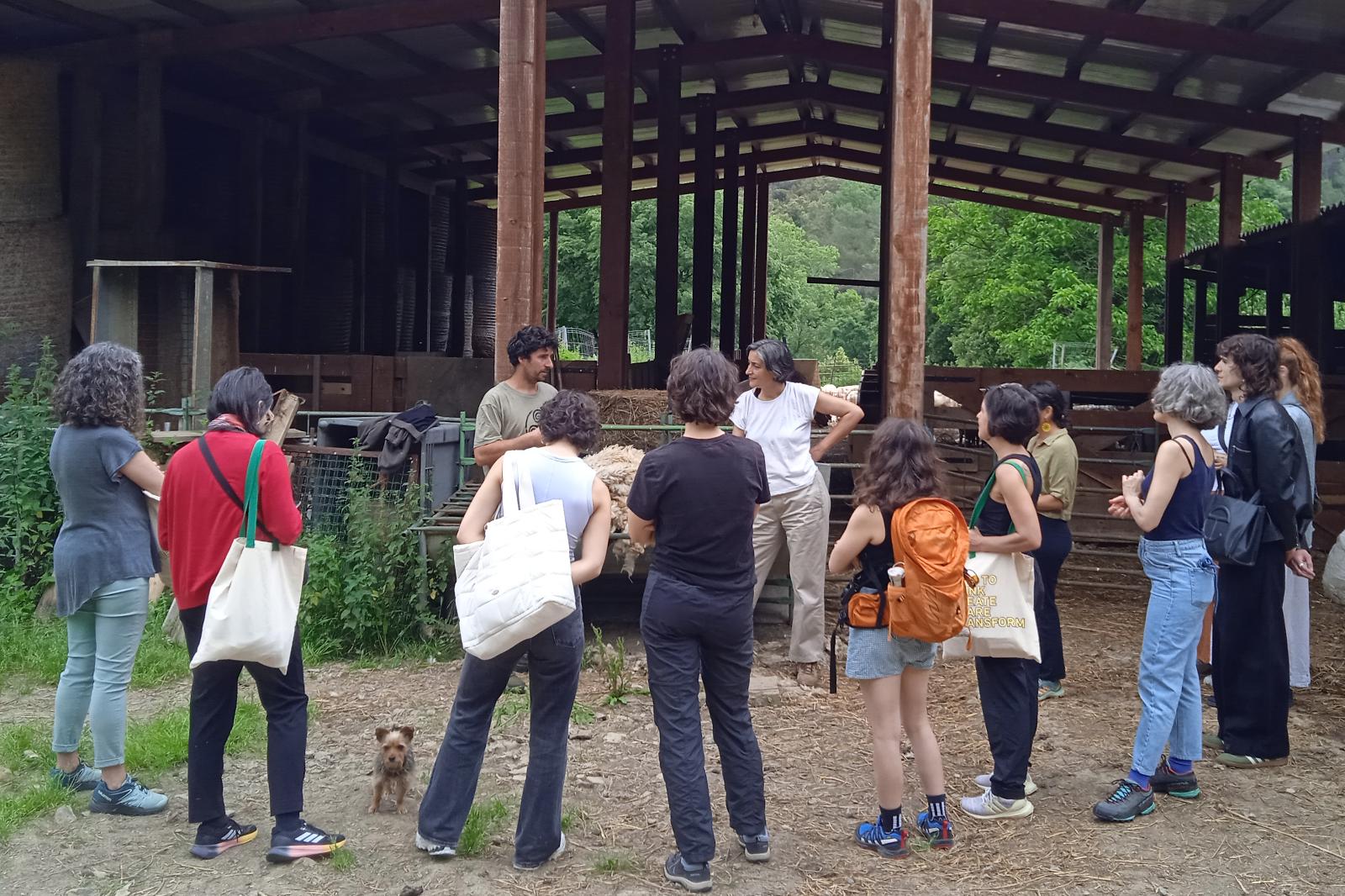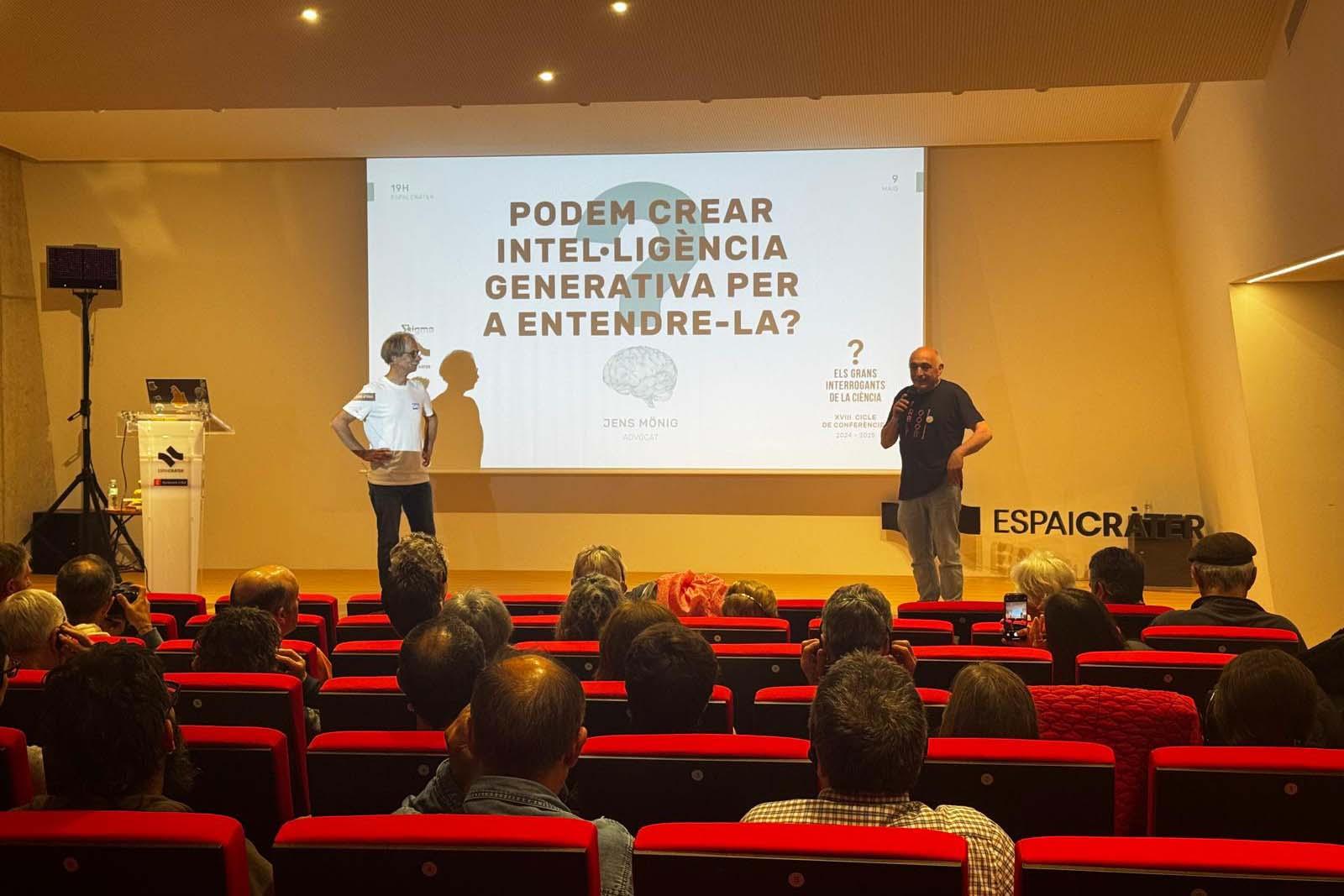The Secret Lives of Hijra: How HIV-Positive Hijra and Gender-nonconforming People in Hyderabad, India are Defining and Redefining Themselves
Sameena Azhar | Universitat Auònoma de Barcelona (UAB) | November 17, 2017
Friday, 17 November 2017 , Olot
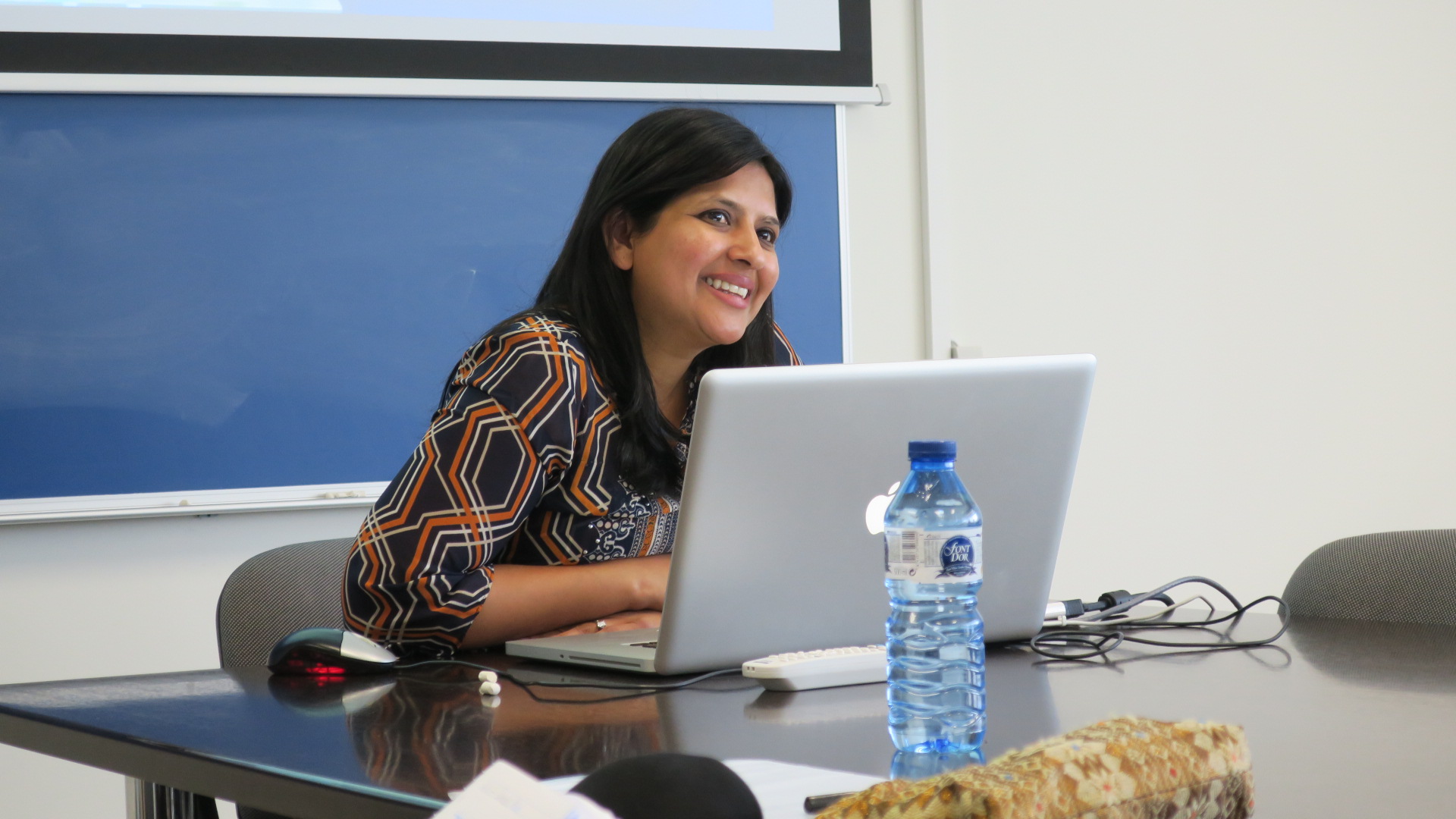
The Secret Lives of Hijra: How HIV-Positive Hijra and Gender-nonconforming People in Hyderabad, India are Defining and Redefining Themselves

Sameena Azhar presented in the Department of the History of Sciences at the Universitat Autònoma de Barcelona (UAB) on Friday, November 17, 2017 on the topic of hijra living with HIV in Hyderabad, India. Sameena discussed how hijra are considered neither men nor women, but rather occupy a third gender category in South Asia. As part of her issertation, Sameena surveyed 150 people living with HIV in Hyderabad, and conducted in-depth, semi-structured interviews with 32 individuals living with HIV. For the in-depth interviews, 16 cisgender women and 16 hijra were asked to share their experiences living with HIV. Interviews were conducted in two languages: Hindi/Urdu and Telugu. In her presentation at UAB, Sameena shared her qualitative analysis of these interviews, as they related to themes on gender identity and expression. Analysis of interviews revealed that hijra have experienced a change in the ways in which they have historically perceived themselves and the ways in which they are perceived socially today. These changes appear to be reflective of postcolonial shifts in the perception of gender non conformity in South Asian culture. Many hijra reported living two distinct lives: one in the daylight, where they fulfilled a role of husband and father in their home and with their family, and another at night where they lived as hijra with circles of friends. The experience of living with HIV compounds these experiences of living in secrecy, and intersects with other marginalized identities based on caste, skin color, education, occupation and religion. In summary, there remains a strong disconnect between the mythological/spiritual associations of hijra as blessed beings in South Asian culture and the ways in which hijra currently experience stigma and discrimination in contemporary Hyderabad. The hour-long presentation was followed by 45 minutes of questions and answers. Some of the discussed topics included the framing of scientific issues in medical discourse, legal changes for hijra in the postcolonial period, and similarities between the social construction of the HIV epidemic and other infectious diseases, like tuberculosis.

